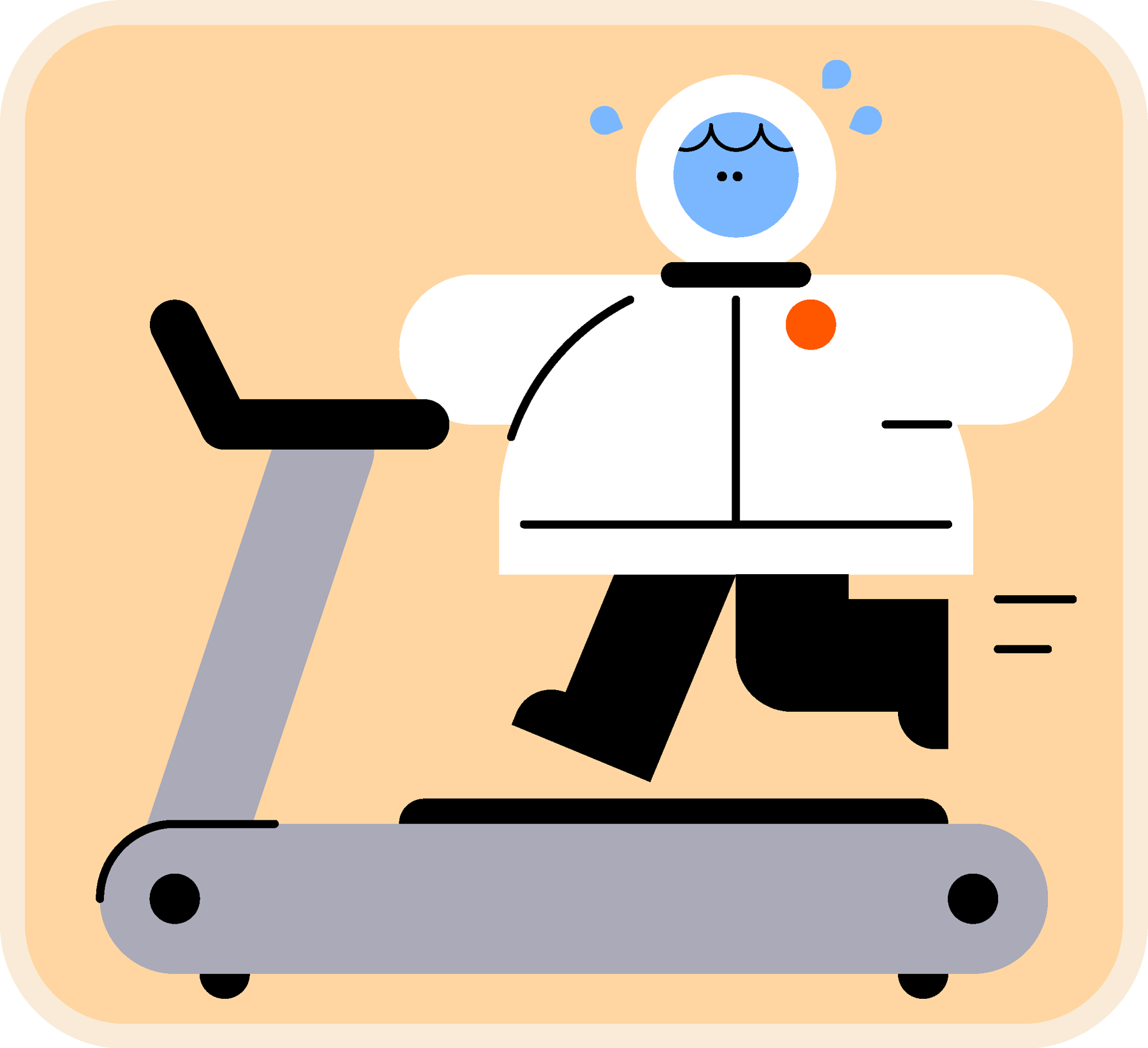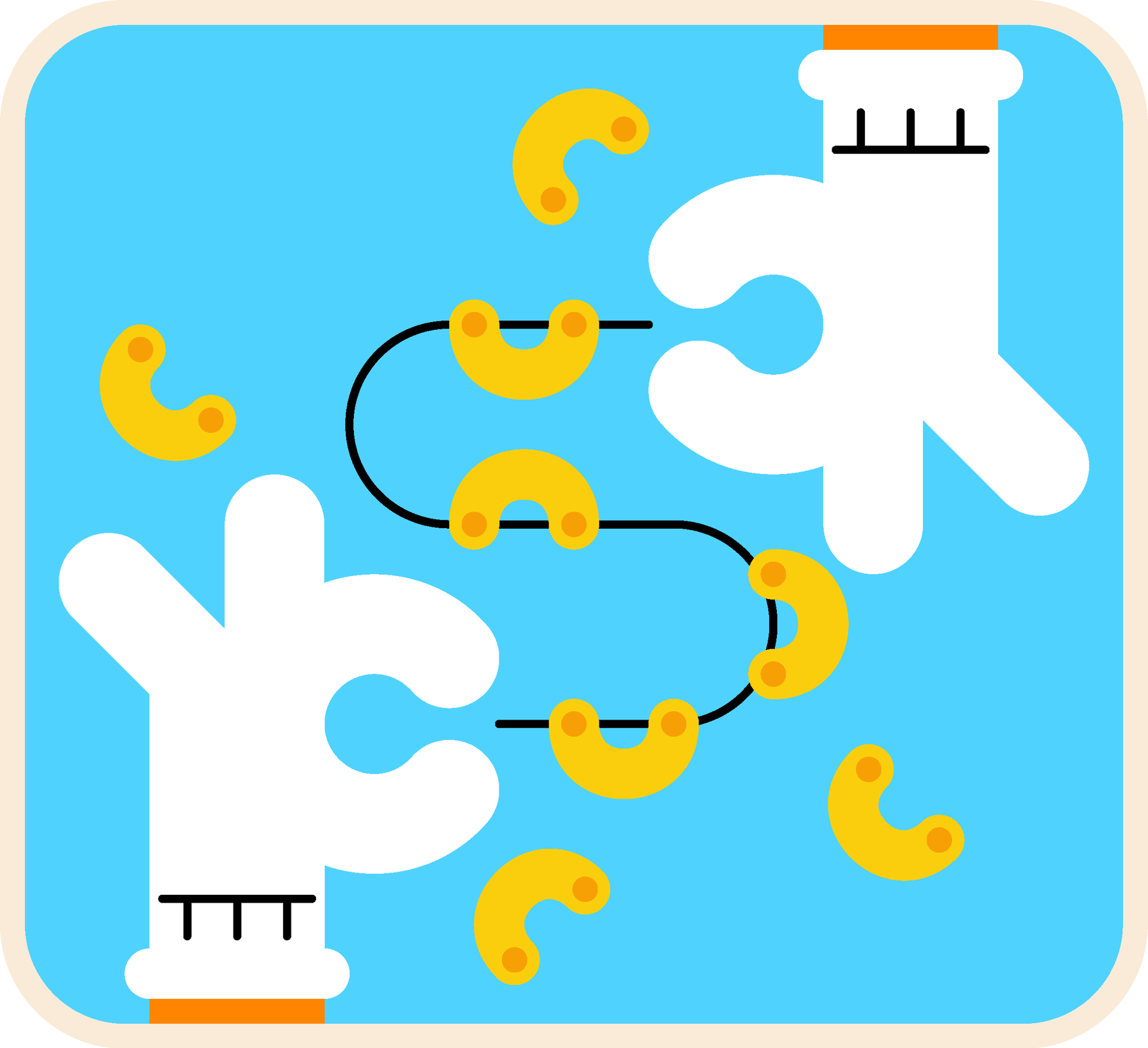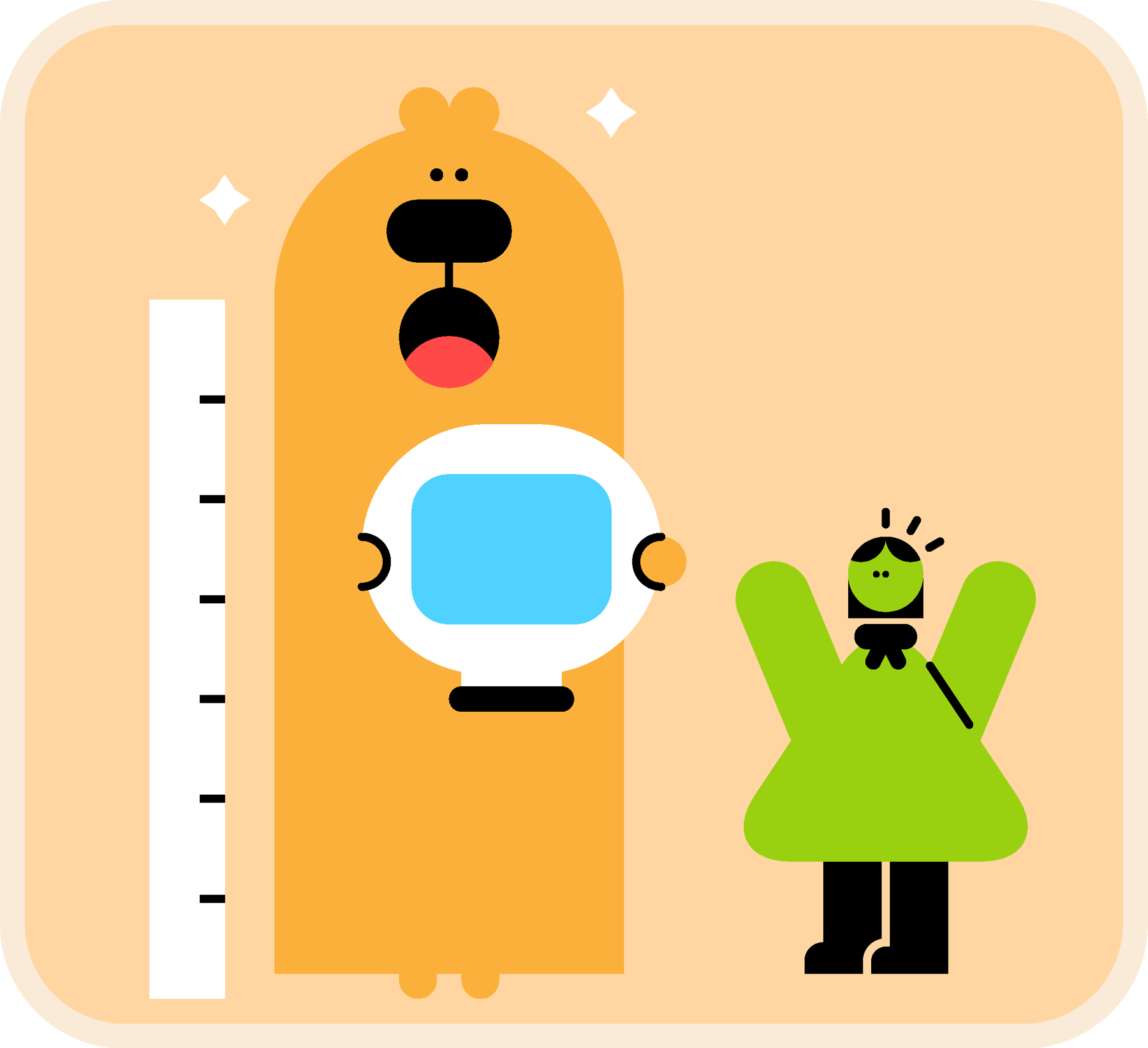
Mission to Mars
You’ll need
- Specific equipment for each base (see instructions)
Before you begin
- Set up four different bases, with the base card and right equipment for each activity at each base.
Prepare to adventure
- The person leading the game should explain that the four bases include information and activity about what life would be like as an astronaut exploring Mars.
- Everyone should split into four groups.
- The person leading the game should send one group to each base.
- After about 10 minutes, the person leading the game should make a noise to let groups know that they should move on to the next activity.
- Once all of the groups have visited all of the bases, they should come back together. They should spend some time talking about the things they’ve learned about being an astronaut, and about Mars.
- If you said a rhyme or moved to pretend to become astronauts or travel into space, make sure you turn back in to normal people before you leave.
Shape up to suit up (base 1)

You will need
- Scrap paper
- Pens or pencils
- Stopwatch or phone (optional)
- Someone in the group should read the base information card, to explain how important it is for astronauts to stay fit and healthy.
- The group should get into pairs.
- One person in each pair should stand on one leg. Their partner should time how long they can balance, before they put their other leg down. They should note the time down.
If they don’t have a stopwatch, players should just count steadily.
- One person in each pair should hold their arms straight out in front of them. Their partner should time how long they can keep them held up. They should note the time down.
- One person in each pair should create a plank, by balancing on their hands and toes as though they were about to start a push-up. Their partner should time how long they can hold the position. They should note the time down.
- Players should swap, so they’ve both taken turns at all three activities.
It’s all in the details (base 2)

You will need
- Gloves
- Rice
- Knives
- Forks
- Chocolate
- Macaroni
- String
- Playing cards
- Stopwatch or phone (optional)
- Someone in the group should read the base information card, to understand more about the suits astronauts wear.
- The first person should put on a pair of gloves. They should try to pick up exactly 10 grains of rice. Everyone should take it in turns to do this challenge, while the rest of the team times how long it takes.
If they don’t have a stopwatch, players should just count steadily.
- Everyone should take it in turns to try the next challenge while wearing the gloves – using a knife and fork to cut a perfect square of chocolate from a bar. Their team should time them, as before.
- Everyone should take it in turns to try the next challenge while wearing the gloves – threading ten pieces of dry macaroni onto a piece of string. Their team should time them, as before.
- Everyone should take it in turns to try the final challenge while wearing the gloves – building a house of cards. They should see how big a house they can build in one minute.
A tall tale (base 3)

You will need
- Scrap paper
- Pens or pencils
- Tape measure
- Phone or calculator
- Someone in the group should read the base information card, to understand more about how astronauts’ bodies change when they’re in space.
- Everyone should take it in turns to measure how tall they are with the tape measure, and write it down.
- Everyone should use the calculator to multiply their height by 1.03, to find their space height.
Ready, steady, race (base 4)

You will need
- Cotton reels
- Sticky tape
- Pencils
- Scissors
- Unravel some of the cotton from the cotton reel. The length you choose will be how much has to be reeled back in so choose a length suitable for your young people.
- Place a bit of tape on your cotton reel when you have reached the correct length to stop it unraveling further. Then tape the other end of the cotton to the middle of a pencil.
- Lay the pencils in a line and stretch out the cotton until tight and lay the cotton reel down.
- Explain to everyone that they will have to reel the cotton up on the pencil as fast as they can to get the cotton reel back to them. The first one to get their cotton reel back wins.
- Once everyone’s ready, line all of the rovers up to start the race.
Reflection
This activity had lots of different things to do, so may have let you try new things. Which base were you most looking forward to? Were there any bases you weren’t looking forward to? Which base was your favourite? Was your favourite the same as you expected it to be? Would you like to more try new things? Would you like to have an adventure in a far away place? How would you prepare for that adventure, to make it easier to try new things?
This activity also let you be independent. Did you move between the bases by yourself? Was it easy to keep on track at the bases? Did you manage to do any of the bases without adults’ help? Did you achieve things for yourself? What was the easiest bit of being independent? What was the hardest bit?
Safety
All activities must be safely managed. You must complete a thorough risk assessment and take appropriate steps to reduce risk. Use the safety checklist to help you plan and risk assess your activity. Always get approval for the activity, and have suitable supervision and an InTouch process.
- Sharp objects
Teach young people how to use sharp objects safely. Supervise them appropriately throughout. Store all sharp objects securely, out of the reach of young people.
- Give groups different levels of support. Some groups may need a grown up to help them, where others may be able to visit all of the bases by themselves.
- Add or remove bases as needed.
- Remove the timing element for ‘Shape up to suit up’ and ‘It’s all in the details’ – people should just try to do these activities for as long as they can or as quickly as they can.
Make it accessible
All Scout activities should be inclusive and accessible.
Check out ‘Tim Talks Space’, a YouTube series with astronaut and Scout ambassador Tim Peake. The episode Exploring Mars is all about the Red Planet and how we could send humans there in the future.

